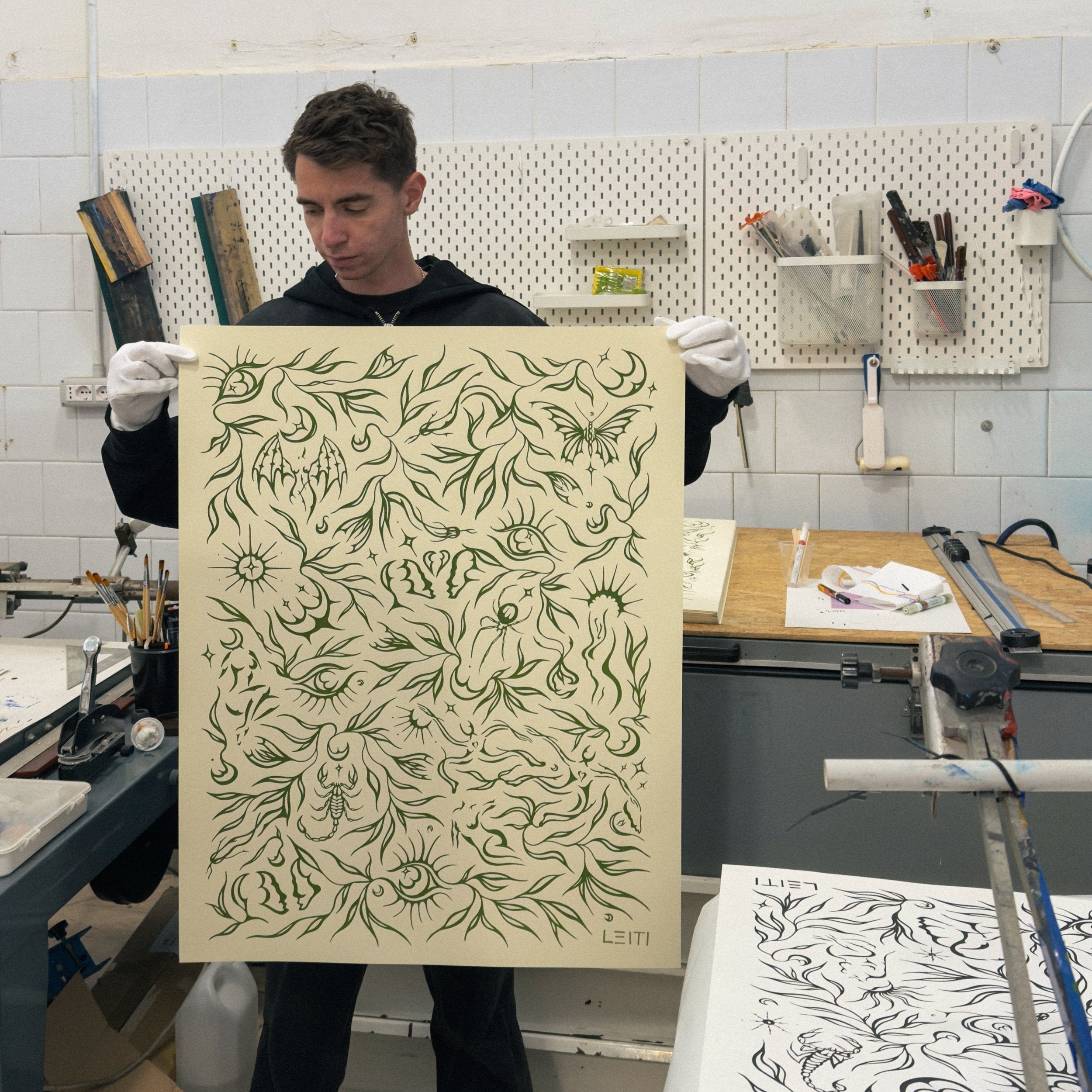
The Role of Limited Edition Prints in Today’s Art Market
In the contemporary art world, limited edition prints have emerged as a dynamic and significant segment of the market. These editions, which involve producing a finite number of high-quality reproductions of an original artwork, offer a more accessible entry point for collectors while maintaining a sense of exclusivity. This balance of accessibility and scarcity makes limited edition prints a compelling investment and an integral part of today’s art ecosystem.
Accessibility for New Collectors
One of the main appeals of limited edition prints is that they offer a more affordable option for art lovers who may not have the budget to acquire original works. In recent years, the democratization of art has become a key trend, with more people interested in collecting but constrained by high prices in the primary art market. Limited edition prints allow emerging collectors to acquire works by renowned or rising artists without needing to commit to the significant financial outlay required for originals. This opens up the art market to a broader audience, allowing new collectors to engage with high-quality pieces without compromising on artistic integrity.
The Value of Scarcity
Despite their accessibility, limited edition prints maintain their value through the principle of scarcity. Since only a certain number of prints are produced, and each print is usually signed and numbered by the artist, they become more valuable over time as the editions sell out. This limited nature can create a sense of urgency among collectors, driving demand for specific works. Furthermore, unlike mass-produced posters or open edition prints, the finite nature of a limited edition allows for appreciation in both monetary and cultural value, particularly if the artist’s career continues to rise.
Artist-Collector Connection
Limited edition prints also serve as a bridge between artists and a wider audience. Many artists now create prints as a deliberate part of their practice, often offering unique or slightly varied elements in each piece of an edition. These variations can range from color differences to additional hand-painted details, allowing collectors to own something unique even within a limited run. This fosters a deeper connection between the artist and the buyer, creating a shared sense of participation in the art world that can be more challenging to achieve with large-scale commercial reproductions.
Investment Potential
For both seasoned collectors and those new to the art world, limited edition prints offer an intriguing investment potential. The art market is notoriously volatile, but limited editions can provide a relatively stable entry point for investors. As an artist’s reputation grows, so too does the value of their limited edition works, often resulting in substantial returns on investment. Some collectors purchase prints with the sole intention of reselling them at a profit later, making limited editions an attractive option for those looking to combine a passion for art with financial gain.
The Digital Shift and Online Sales
In today’s digital era, the sale of limited edition prints has found new life online. Platforms specializing in the sale of prints, such as Artsy or Saatchi Art, have brought the market into the digital age, making it easier for collectors to discover and purchase works. This shift has allowed artists to reach a global audience without relying solely on traditional galleries, changing the dynamics of the market. Furthermore, the transparency provided by online platforms—where edition sizes, pricing, and artist information are clearly displayed—has helped foster trust in the purchasing process, which is essential in a market where authenticity and provenance are paramount.
Conclusion
Limited edition prints play a multifaceted role in today’s art market, offering accessibility for new collectors, investment potential for seasoned buyers, and opportunities for artists to expand their reach. As the art world continues to evolve, the demand for limited edition prints is likely to remain strong, driven by the combination of artistic value, scarcity, and affordability. In an age where digital access to art is growing, limited edition prints bridge the gap between accessibility and exclusivity, ensuring they remain a vital part of the modern art landscape.



